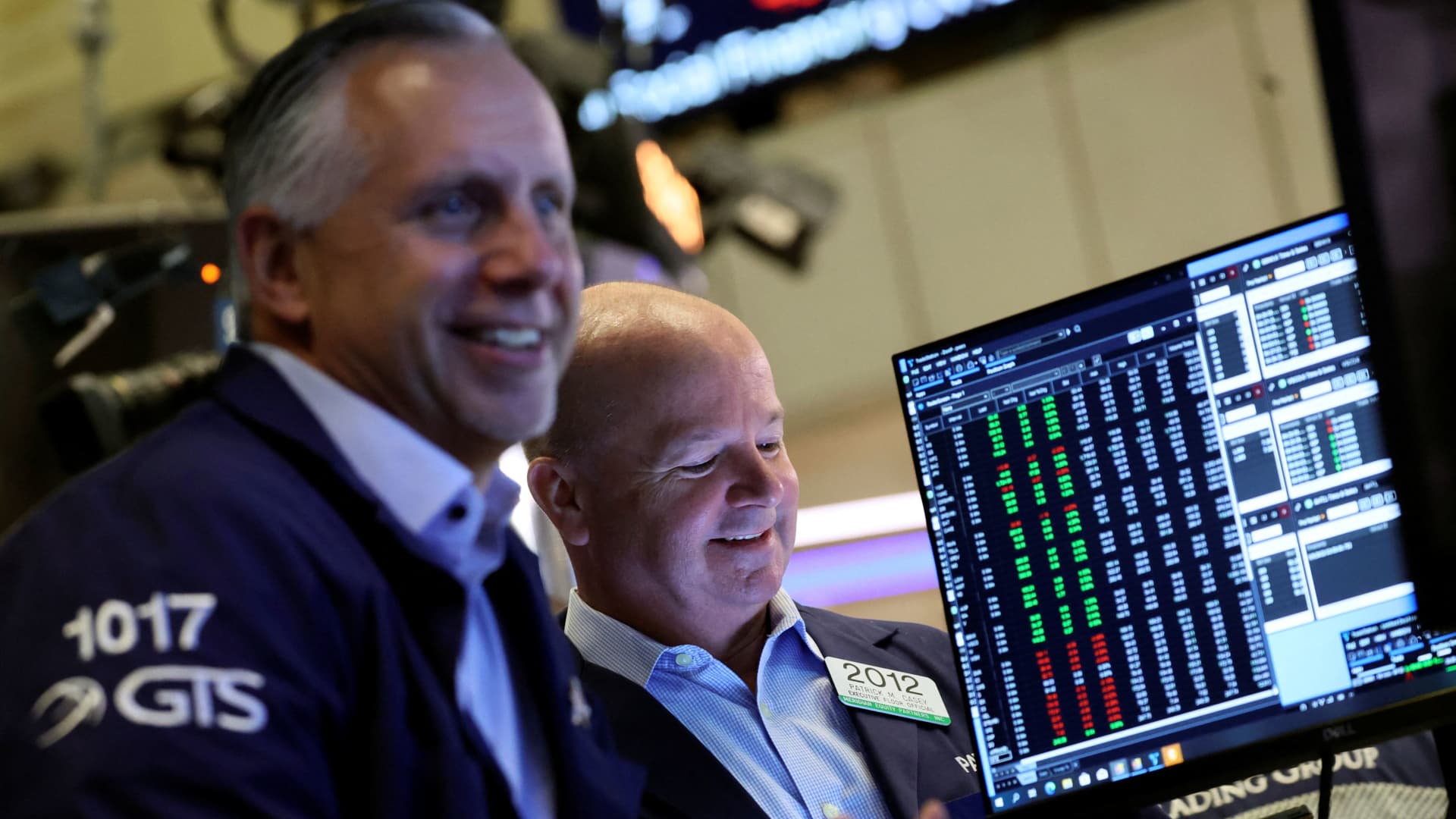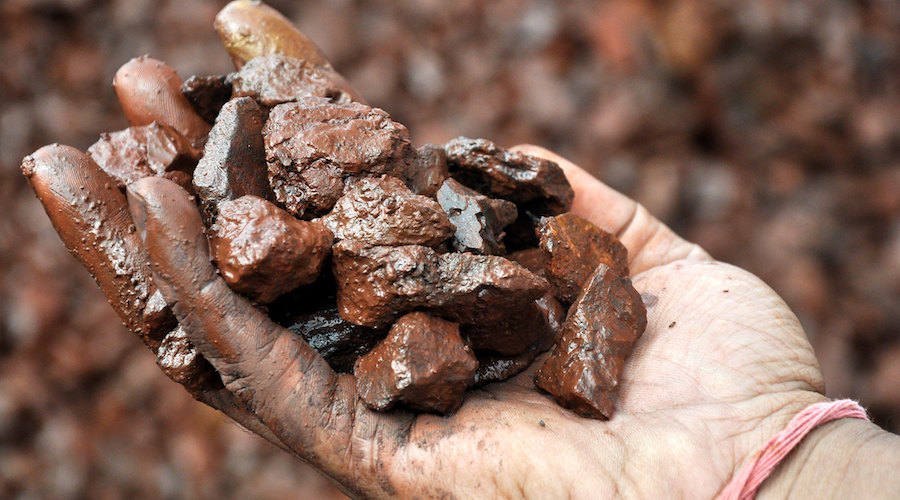Will Tesla Create An “Ecological Paradise” At Giga Texas?


Elon Musk confirmed this week that expansion plans at Tesla Gigafactory Texas will allow for more green space that may evolve into a kind of “ecological paradise.” The revised application added 12 acres to the site’s limits of construction and 522,720 feet of space to the automaker’s electric vehicle production factory.
“Ecological paradise plans from south portion of Giga Texas to river look great,” Musk tweeted. “However, we must first get the factory financially on its feet.” (Love that alliteration, Elon.)
The increase in both built structure and park-like environs was part of a filing with the City of Austin Housing and Planning Department on September 20. The application noted that the company “is proposing Revision to previously approved Site Plan.” (The company website still indicates that the area comprises 2,500 acres with over 10 million square feet of factory floor.)
Gigafactory Texas is located on the far eastern edge of Austin, near the Colorado River and 130 freeway. The Austin plant site was previously a sand and gravel quarry operated by Martin Marrieta that looked like “2,000 acres of craters,” Richard Suttle, a local attorney, told Austin’s Water Oversight Committee in an August 2020 meeting. “If you’ve ever seen what sand and gravel mining does to a piece of property, it makes it look like a moonscape.”
The site underwent transformation from dirt lot to its “Cyber Rodeo” opening party in less than two years. Now hay fields that stretch into the distance have skyrocketed in value.
Musk promised to turn the site into an “ecological paradise” when he originally announced the Texas Gigafactory. “We’re going to make it a factory that is going to be stunning,” he said during a Tesla earnings call. “So we’re actually going to have a boardwalk, where there’ll be a hiking/biking trail,” he said in 2020. “It’s going to basically be an ecological paradise — birds in the trees, butterflies, fish in the stream, and it’ll be open to the public, as well.”
With the Gigafactory nearly finished and already producing cars, climate advocates and local citizens mused whether the “ecological paradise” vision was more of a dream than reality.
Maybe little electric Tesla boats with a retro-futuristic Victorian design
— Elon Musk (@elonmusk) September 21, 2022
Water Has a Perfect Memory
An osprey flaps its way upstream, a freshly caught fish in its talons. Canoes paddle down this calm stretch of the Lower Colorado River. Kids splash in the olive tinted water. (Note: As a general rule, river water turns green from algae blooms due to nitrate pollution.) This urban wild is dotted with discarded tires. The sound of rippling water blends with the steady murmur of traffic. On the horizon along the Lower Colorado River’s banks rises Tesla Gigafactory Texas.
Those observations from Texas Monthly offer a few keen hints about the space around Gigafactory Texas. The campus spreads over 2,000 acres of cleared swampland. It is a landscape buoyed by nature and abused by industry, brimming with promise but neglected by the city.
Now concrete from the Gigafactory has replaced formerly permeable surfaces, which has had the additional effect of removing flood buffers riverside. With climate change increasing the odds of heavy rain after long dry spans, the risks of runoff and flooding are more serious than ever before.
Austin has had a colorful relationship with its water sources. Tesla has access to 10 acre feet of water per year from the river for “irrigation and recreational” use on its 2,100-acre property, the Lower Colorado River Authority says.
It’s hard to say if the enlargement of the green footprint will satisfy concerned citizens who argue that Tesla will have too much impact on water in this fast growing Texas city that’s increasingly prone to drought. It’s likely that Tesla’s multi-billion dollar factory could eventually produce up to 500,000 vehicles annually, including Model 3 sedans, Model Y SUVs, Cybertrucks, and Semis. Auto plants use water throughout the manufacturing process, including treatment and coating of vehicle surfaces, in paint booths, for general washing, rinsing, hosing, equipment cooling, and air conditioning systems.
Tesla’s plan to save water in Austin includes capturing “at least 25%” of rooftop rainwater runoff and channeling it to an underground storage facility, using it to cool assembly machinery, the company said in its environmental report.
Tesla estimates that it could save 7.5 million gallons of water per year. It’s also studying ways to use treated wastewater from a nearby facility to curb the use of potable city water by 40 million gallons a year.
Nearby homeowners don’t get to use city water like Tesla does; instead, locals must have private wells. As Giga Texas boosts Austin’s pace of growth, environmental groups are alarmed by what they see as lax management of river and groundwater resources by local officials.
The People Who Call the Area Near Giga Texas Home
Even before the Gigafactory began to rise from the dust, the area faced challenges, including the lack of access to clean water and poor social services. It’s a place that has essentially been cut off from the city itself, with Austin’s 1928 master plan forcing residents of color out to the east of what is now I-35. That dividing line also meant industries unwanted in the heart of Austin could flourish on its outskirts.
Austin’s demographic story today revolves around the 3 major themes: 1) rapid and sustained job and population growth; 2) transformative demographic diversification; 3) and, stubborn structural and spatial socioeconomic separations. One of the results is that the city gave Tesla a $50 million tax incentive to entice the company to put down its Gigafactory roots there.
Tesla Giga Texas is adjacent to the Eastern Crescent. These outer lands of Austin have been home to the lowest income, Hispanic and African American neighborhoods, places were late teens race cars and everyone buys fireworks, a landscape of junkyards and gravel pits. Now Austin’s poorest residents likely will see their rents skyrocket. Even those people who escaped to the countryside for peace and quiet are finding industry rising out their front windows.
Some observers claim that Musk and team are setting projects into motion with little input from those who will feel the effects the most. In a virtual meeting in December with Tesla, members of a local conservancy were shown glimpses of plans but said that Tesla wouldn’t provide copies for them to study.
Final Thoughts About Giga Texas’ “Ecological Paradise”
Although the grounds of Giga Texas are promised to be public spaces, right now the landscape design plans are unknown. Often, urban gardens consist of plant life, water features, conversation squares, and meditation areas. Austin’s Zilker Botanical Garden could be a model. Recognition of the importance of urban greening may serve to assuage some environmental as well as justice concerns, with community engagement in the “ecological paradise” a hope-filled delight for mind and body.
Tesla sees itself as “solving the next generation of engineering, manufacturing, and operational challenges as we accelerate the world’s transition to sustainable energy.” The company is also building a sales and service center about 10 miles from Giga Texas in what is the most recent development in the automaker’s Texas retail and service expansions.
Appreciate CleanTechnica’s originality and cleantech news coverage? Consider becoming a CleanTechnica Member, Supporter, Technician, or Ambassador — or a patron on Patreon.
Don’t want to miss a cleantech story? Sign up for daily news updates from CleanTechnica on email. Or follow us on Google News!
Have a tip for CleanTechnica, want to advertise, or want to suggest a guest for our CleanTech Talk podcast? Contact us here.
Advertisement
This post has been syndicated from a third-party source. View the original article here.




